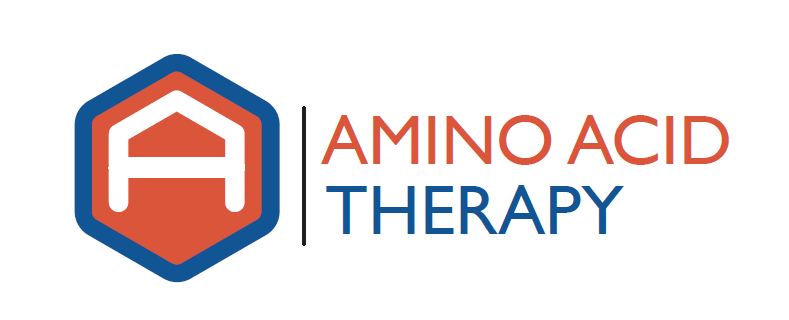 I recently had a client come in with restless leg syndrome (RLS), anxiety, depression and insomnia. She was having some success keeping her RLS symptoms under control with medications, but still suffered from the anxiety, depression and insomnia and she was coming to us for help with those. We had to start with re-framing the problem, as that was the only way we could get to the proper solution.
I recently had a client come in with restless leg syndrome (RLS), anxiety, depression and insomnia. She was having some success keeping her RLS symptoms under control with medications, but still suffered from the anxiety, depression and insomnia and she was coming to us for help with those. We had to start with re-framing the problem, as that was the only way we could get to the proper solution.
It is not uncommon for a person to come in with multiple symptoms of neurotransmitter imbalance, such as this woman. It is also not uncommon for a person to be taking medications (or supplements, like 5-HTP) for one or more of their symptoms, usually with some success for that symptom, but still suffer from their other symptoms of neurotransmitter imbalance.
In instances such as these, we have to start with helping the person to see their issue differently (correctly) so we can help them find the solution they are looking for. The problem isn’t whatever the symptom is; the problem is damage to the post-synaptic neurons, which can cause a broad range of symptoms.
The Problem
Damage to the post-synaptic neurons can be caused by multiple things, including neurotoxins, trauma to the head/neck, genetics and many medications. When enough damage occurs, electrical flow through the neurons is compromised and symptoms develop. The only way to relieve symptoms is to restore the flow of electricity. In order to do that, we have to focus on things called transporters.
Transporters move neurotransmitters in and out of cells (including neurons) When enough damage occurs to the post-synaptic neurons the system sends a signal which re-configures the transporters in order to properly elevate and balance synaptic neurotransmitters to the levels needed for restoration of electrical flow.
The problem is that under normal conditions, neurotransmitter concentrations cannot be brought to high enough levels to properly compensate for neuronal damage. Neurotransmitters do not cross the blood-brain barrier, so the only way to increase neurotransmitter levels in the brain is with the proper intake of the nutrients required for the brain to synthesize new neurotransmitters. Proper analysis of transporter function can reveal the exact and proper amino acid dosing necessary for relief of symptoms for each person.
Back to Our Client
This person was taking multiple prescription medications for her RLS and stated that her RLS symptoms “were much better but not completely resolved.” Even though she was still having RLS symptoms, she was happy with the results of her RLS treatment with prescription drugs and wanted our help to get her anxiety, depression and insomnia under control, which she had been experiencing for more than 10 years.
We had to start by helping her understand that her anxiety, depression, insomnia and RLS were all likely stemming from the same problem, namely neurotransmitter dysfunction. Therefore, the solution to all of them was to get her neurotransmitter levels properly balanced using amino acid therapy. Getting her neurotransmitter function optimized would eliminate her symptoms of anxiety, depression and insomnia, as well as her RLS, effectively eliminating the need for her current medications. In her present state, her RLS symptoms were being suppressed by the medications and nothing was being done to properly address the neurotransmitter dysfunction causing all four disorders.
When we laid the problem out in this way, it was as if a light bulb went off in her head and she started to see how these four conditions were related. Once that light bulb went on, she could see how amino acid therapy would benefit her and we were off and running.

